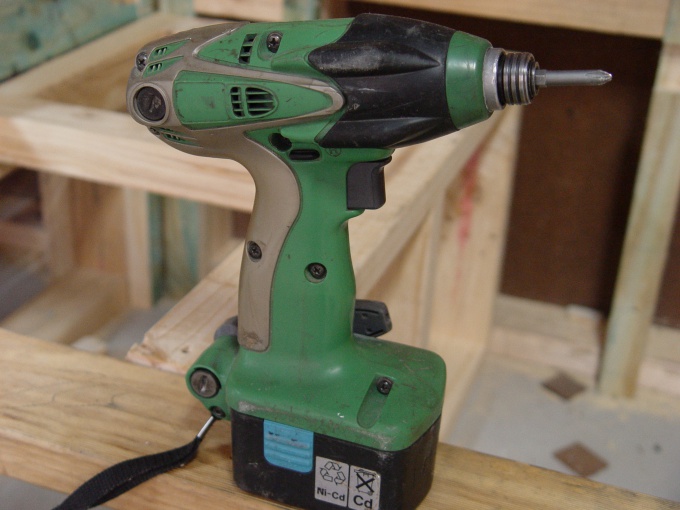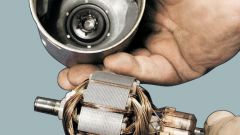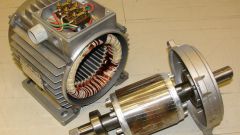Instruction
1
Control of commutator motor with a permanent magnet on the stator produce a change in voltage on the windings of the rotor. The dependence of the rotation frequency of the engine is on the voltage is close to linear.
2
Adjustment of engine speed with electronic control and feedback (e.g., used in computer fan) perform similarly, but remember that the dependence of the number of revolutions of the voltage will be somewhat less like linear. The reversal of such motors is not allowed.
3
To change the number of revolutions of the commutator motor with independent excitation, maintaining a constant voltage at the stator winding to change the voltage on the windings of the rotor.
4
To adjust frequency of rotation of the motor with serial excitation fed from the AC mains, use a special thyristor regulator. Many of the tools equipped with them originally. Do not use regulators, not designed specifically for such engines.
5
To change the speed of the synchronous motor, proportionally change the frequency of the mains voltage. By reducing the frequency and simultaneously reduce the voltage so that the current through the motor windings is not increased. If the voltage does not decrease, the current for reducing the frequency may increase because of lower inductive reactance of the windings. This regime is dangerous for the engine.
6
To reduce the frequency of rotation of an induction motor, use in the same way. If this is not possible (for example, in the absence of the three-phase inverter), just lower the voltage without changing the frequency. If the motor is single phase, it is convenient to use Latrom. In any case, do not use thyristor regulators in conjunction with any motors that are not manifold.




